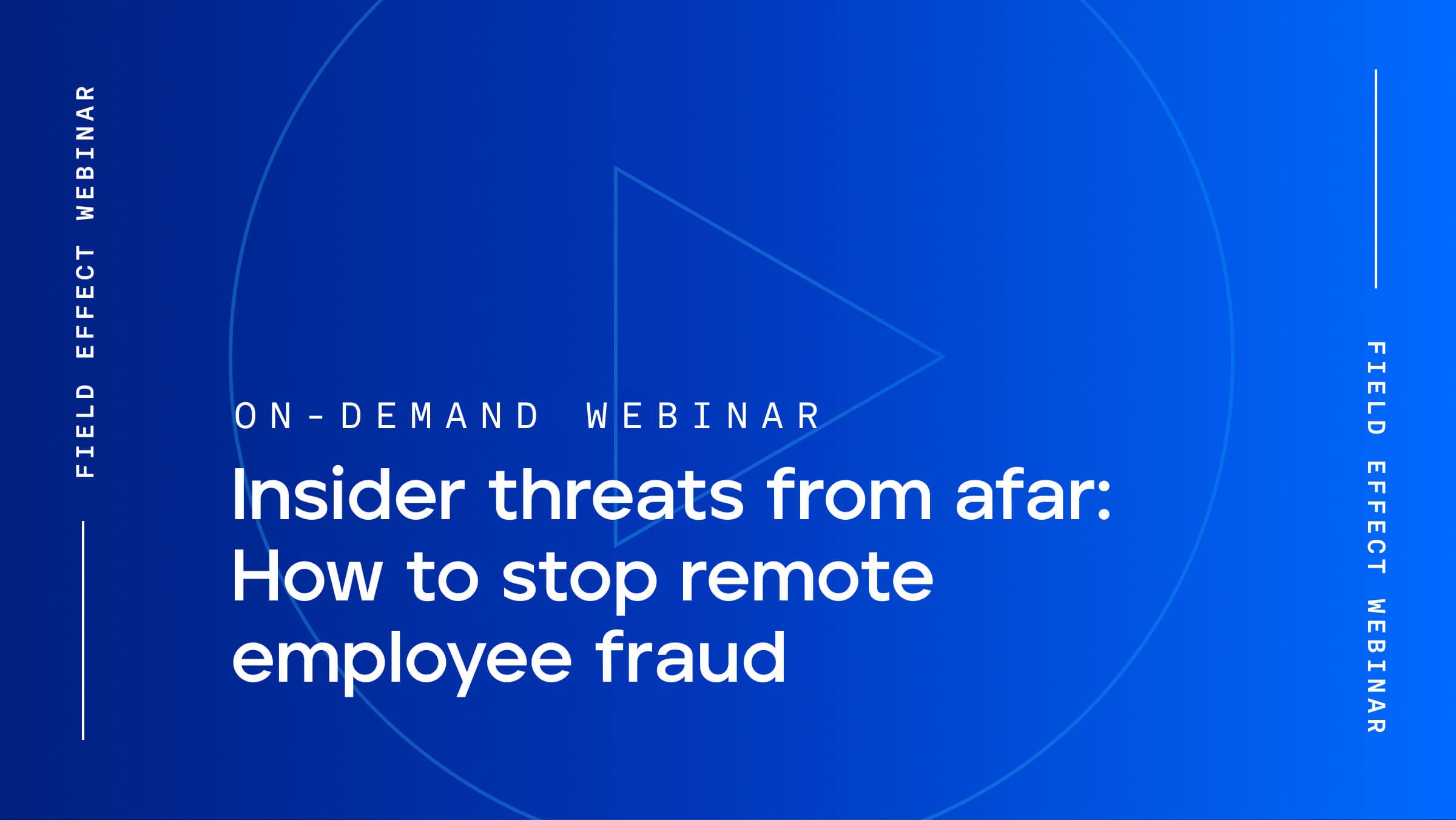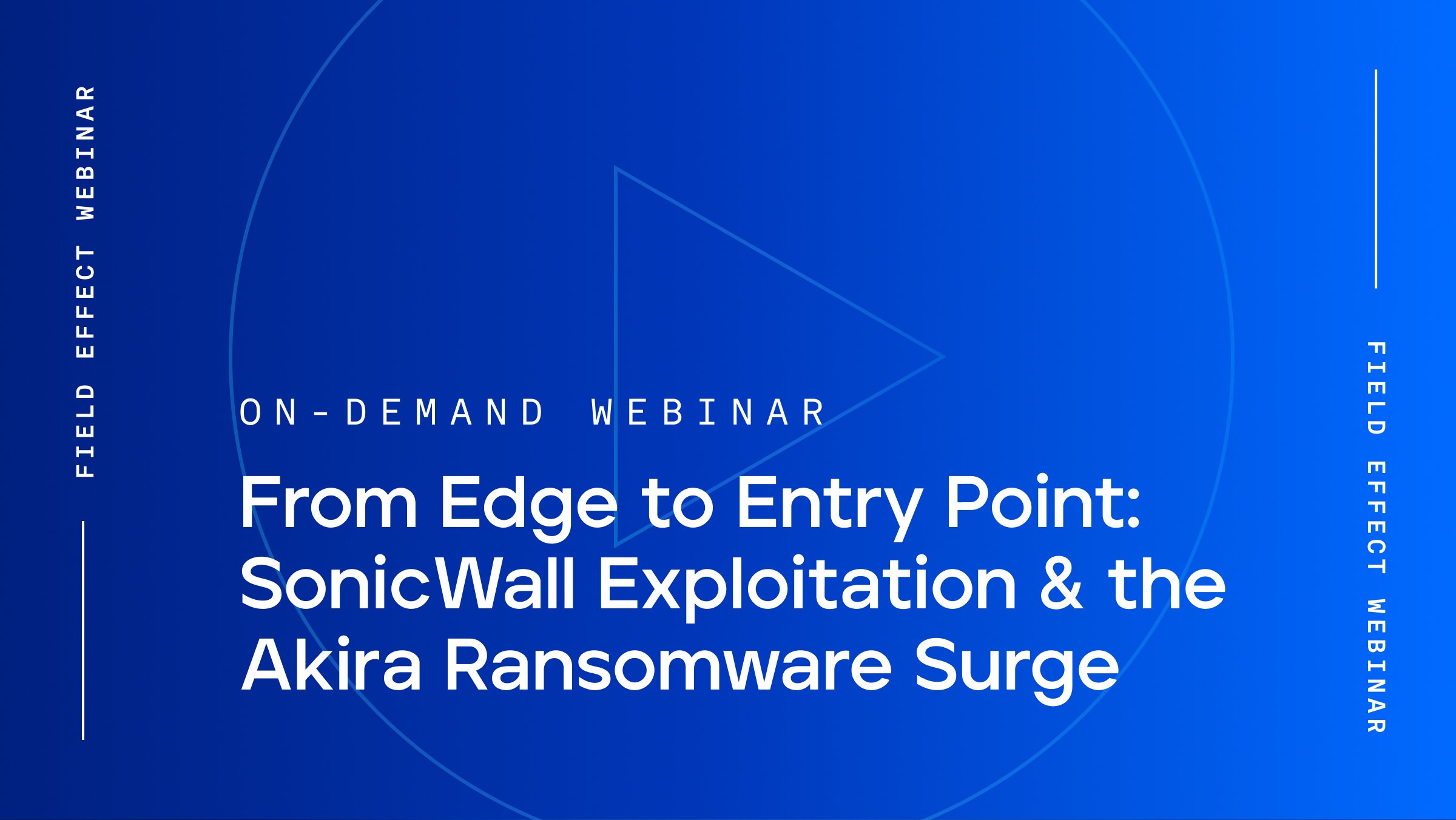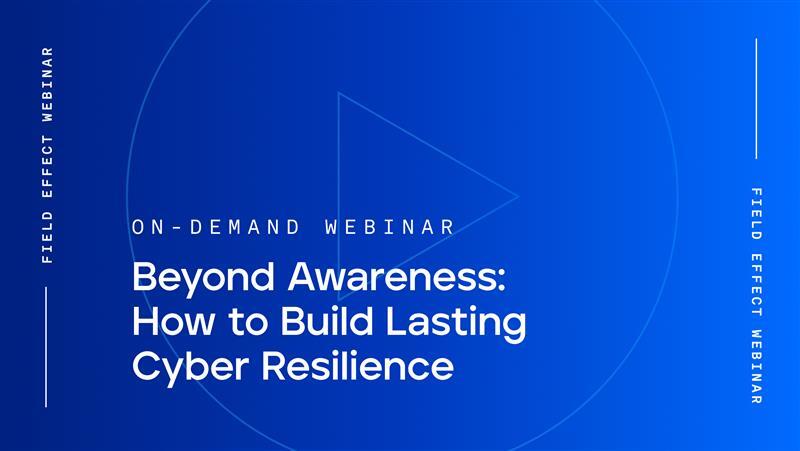
Blog Post
May 9, 2025 | Cybersecurity education
With contributions from Ted Raymond.
Cybersecurity best practices often focus on prevention: setting up defenses, training users, and implementing policies to reduce risk. These steps matter. But as cyberattacks grow more frequent and sophisticated, prevention alone is no longer enough.
Incidents are no longer rare exceptions—they’re a matter of when, not if. Even with strong defenses, attackers may still find a way in. That’s why it’s just as important to plan your response. What happens after a breach? How do you investigate? Recover? Prove a cybercriminal targeted your business—and contain the fallout?
The answer lies in digital forensics and incident response (DFIR).
In this blog, you’ll learn:
Digital forensics and incident response (DFIR) is a specialized area of cybersecurity focused on identifying, managing, and investigating cyber incidents. It brings together two distinct but interconnected disciplines:
Incident response (IR): The set of coordinated steps an organization takes to detect, contain, eradicate, and recover from cybersecurity events.
Together, DFIR enables businesses to understand and mitigate the full impact of an attack—while building resilience against future ones.
While traditional IR includes some investigative work, DFIR emphasizes detailed forensic analysis to uncover deeper truths about the attack—how it happened, who was behind it, and what to fix to prevent recurrence.
For any organization serious about cyber readiness, DFIR isn’t optional. It’s foundational.
Now, let's dive deeper into the two individual components of DFIR.
Digital forensics is a branch of forensic science that covers digital technology. Analysts focus on the recovery, investigation, and examination of material found on digital devices.
The end goal of digital forensics is to gather and preserve evidence to aid in prosecuting cybercrime, should the culprits behind an attack face criminal charges.
Generally, an organization engages in digital forensics to:
Like any forensic investigation, speed is essential, especially if an attack is ongoing. Computers, networks, and cloud environments generate and store evidence continuously—but it can be easily lost, overwritten, or tampered with. The faster the forensic process begins, the more likely you’ll capture the critical artifacts that tell the full story.
Imagine someone erasing their footsteps at a crime scene. That’s what happens digitally every minute after an attack. Volatile memory can disappear when a machine shuts down. Logs may roll over. Artifacts can degrade. DFIR teams must act fast to preserve the digital “crime scene” before it’s altered beyond recognition.
Get this cheat sheet to learn the key indicators of email, mobile device, and host or server compromises, and what to do if you've been compromised.
Incident response (IR) is a structured approach to handling cyber incidents, with the goal of minimizing damage, reducing recovery time, and restoring business operations quickly.
A cyber incident refers to any event that compromises one or more of the CIA triad—confidentiality, integrity, or availability—of information systems.
Strong incident response includes:
At its core, IR is about getting your business back to normal—and stronger than before. In practice, it also fuels organizational maturity, helping teams develop muscle memory to respond faster and more effectively over time.
When you’re under attack, knowing what to do is half the battle. DFIR provides that clarity. It guides you through chaos with a framework for responding, investigating, and recovering—all while ensuring the lessons learned feed into a more secure future.
Key benefits of DFIR include:
The forensic detail DFIR provides is especially important in ransomware, insider threats, and advanced persistent threats—where understanding attacker movement and intent is key.
Digital forensics follows a rigorous, repeatable process designed to preserve evidence integrity and support legal admissibility. The core stages include:
In this step, investigators create an exact duplicate of the media in question, usually using a hard drive duplicator or specialized software tools. The original media is secured to prevent any tampering.
Specialists examine the copy to identify evidence—logs, malware, deleted files, memory artifacts—and reconstruct the timeline of the incident.
This analysis helps form a narrative: what happened, when, how, and why.
Once a digital forensics investigation is completed, the findings and conclusions analysts uncovered are delivered in a report that non-technical personnel can understand.
These reports are passed on to those who commissioned the investigation and usually wind up in the hands of law enforcement.
DFIR analysts examine multiple data sources to piece together a complete picture:
Each data source offers unique clues. The more pieces collected, the clearer the incident becomes.
According to the National Institute of Standards and Technology (NIST), the chain of custody is a “process that tracks the movement of evidence through its collection, safeguarding, and analysis lifecycle by documenting each person who handled the evidence, the date/time it was collected or transferred, and the purpose for any transfers.”
In other words, it's documentation that proves that the evidence used to prosecute a cybercrime is, in fact, legitimate evidence and was not placed fraudulently or edited for malicious purposes.
Think of every police procedural story you’ve read or seen on TV. Detectives catch the bad guys by uncovering and documenting evidence that helps them recreate the exact circumstances surrounding a crime. Digital evidence is no different: it comprises significant information transmitted or stored on a digital device during a crime.
Broadly speaking, digital evidence should meet five key criteria:
DFIR investigators will gather this information and store it safely to prevent contamination to ensure it remains admissible in court.
But it’s not the only sort of evidence they collect; investigators may also assess and document:
Storing digital evidence sounds simple—just extract the infected hard drive, right? In reality, it’s far more complex.
Digital evidence falls into two categories: volatile and non-volatile. Volatile data—such as information stored in a device’s RAM—exists only while the system is powered on. Shut it down, and the data disappears. Non-volatile (or persistent) data, on the other hand, remains intact even when the device is off. This includes information stored in flash memory, read-only memory, or removable media like CD-ROMs.
Because volatile evidence can vanish in an instant, DFIR investigators often avoid powering down systems during an investigation. Instead, they act quickly to preserve everything in its original state.
To maintain the integrity of the data, investigators typically begin by creating a forensic image—a bit-for-bit duplicate of the affected storage device. This ensures that the original evidence remains untouched. All analysis is conducted on this duplicate copy, allowing analysts to test theories and reconstruct events without altering the source.
Each image is accompanied by a cryptographic hash value—a digital fingerprint that confirms its authenticity and ensures the data hasn’t been tampered with.
Once collected, evidence is stored in a secure, access-controlled environment, often with layered physical and digital safeguards. Proper storage not only protects the integrity of the investigation—it also ensures compliance with legal and regulatory standards, and preserves the evidence for future reference if needed.
DFIR is a multidisciplinary field combining soft skills with specialized technical ones. As such, team members will generally have a unique mix of skills, traits, and experience they bring to bear in their role.
By no means a complete list, those skills and experience may include:
This is a long list of skills and areas of expertise, and organizations are often hard-pressed to find qualified individuals with relevant experience who will also be a good fit for your business.
Many organizations are turning to external consultants or third-party providers to handle their digital forensics and incident response needs.
In today's world, it's simply not possible to achieve 100% cybersecurity. Accidents happen, whether at the human or technical level. When they do, it's important to have DFIR processes in place to prevent or greatly reduce data theft, intellectual property theft, and financial fraud, among other cybercrimes. It also helps identify vulnerabilities in an organization's security infrastructure, which is essential for preventing future, similar attacks.
Our team of experienced cybersecurity experts can work with you to help you build your capabilities and ensure your organization can recover in the event of an attack. After all, investing in readiness and advanced preparation saves both time and money later on, should an incident happen.
Interested in taking the first step? Our Incident Response Readiness Service is designed for any organization looking to be prepared to respond to an incident effectively. You'll receive a dedicated cybersecurity advisor who helps build an incident response plan and incident response playbooks that guide you through the six most common types of compromise.
And, our digital forensics and incident response experts are available any time of day or night, so reach out if you believe you're experiencing a cyberattack or compromise.


